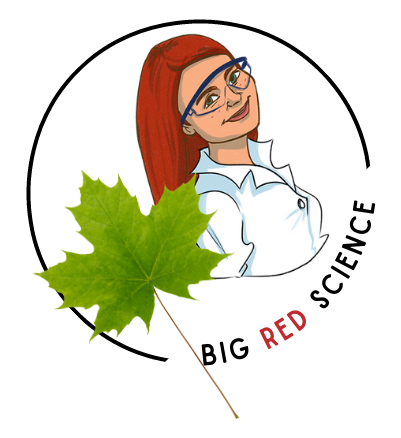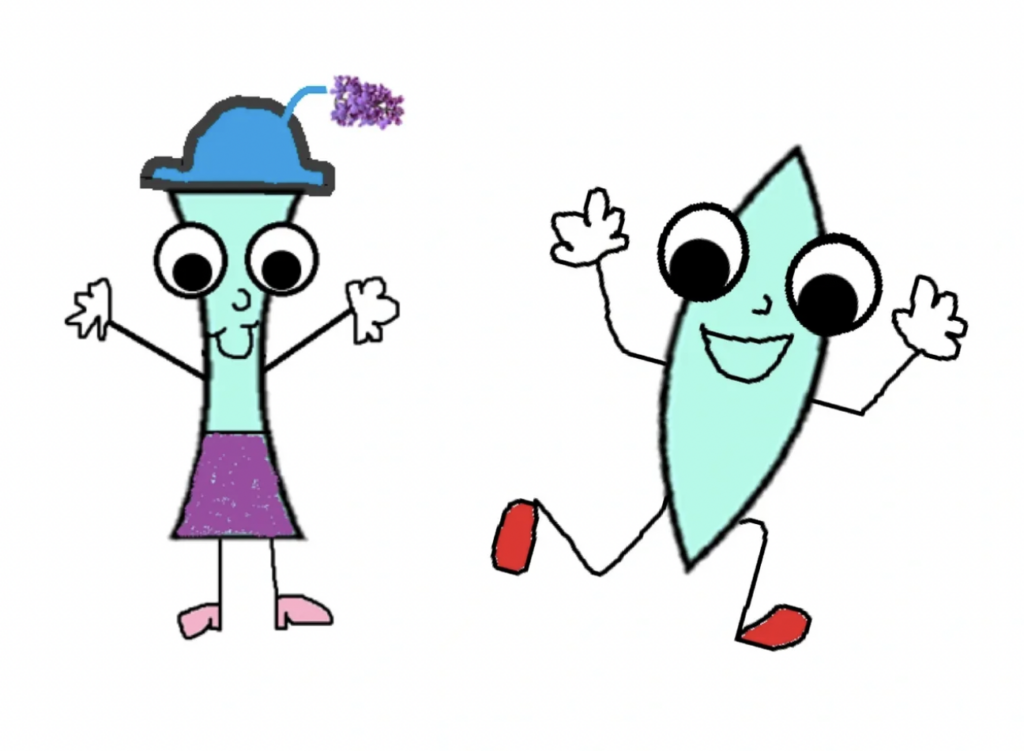
I find science endlessly interesting. Throw any new piece of scientific info at me and I’ll be all ears. I love math, too. It is not as naturally interesting to me, but the act of solving problems is very satisfying. Every math problem is like doing a puzzle, and I’m a puzzle fiend!
But you know what? Hold on…this might blow your mind…
…
…
…
Not all students like science and math. Crazy, right?! I KNOW!
But they don’t.
And sometimes they even HATE these subjects. Especially math, in my experience. It’s something that students might have struggled with their whole lives, and they don’t see how it might be practical to them in the future. And let’s be real – many students will not need the math we teach them beyond high school. Many more won’t need it beyond university. I hate having miserable students in front of me, and if they don’t want to be in my classroom because of the subject, I need them to be happy because it’s a pleasant place to be.
Why is a positive classroom environment crucial?
I strongly believe that a positive classroom environment is necessary for optimal student learning. If students are happy, their brains are more receptive to what they’re learning. I also believe that students need variety. If everything is the same every day, how can they distinguish one day or topic from the next?
How do I build a positive environment?
There are many facets to this, but I’ll share one of my sillier methods today.
When things are particularly dry, I bring characters into the classroom. Confused by that statement? Fair. Take a look at some of the examples below to get a sense of what I mean…
The Lens Couple
This is Connor the Converging Lens and Debbie the Diverging Lens. I made them in MS Paint (in about 3 minutes) and in my Optics unit they “teach” my students how to draw ray diagrams through speech bubbles in a mini book. We also make a biography for each of them, which is a silly way to remember uses for each type of lens.


Dr. Stoichiomole

This is Dr. Stoichiomole. He pops up on all kinds of slide shows and worksheets, and my students named him when I first introduced him. I animate him to pop up part way through various lesson to grab students’ attention.
Chemistry calculations can be daunting, but Dr. Stoichiomole makes kids smile and groan and be in on an inside joke while learning something that is classically difficult.
Mr. Mathtato Head
This is Mr. Mathtato Head. He changes his outfits based on what math problems my students have in front of them. He has a very eclectic wardrobe, and it brings me joy to hear bizarre sentences like “How am I supposed to draw horseshoes on a potato!?” uttered by my 17 year old students. This might seem unnecessary for high school students, but they love him and these are also the easiest lessons for me to circulate and gauge student understanding…I just have to look at what accessories Mr. Mathtato has on! Next year I’m hoping to make a poster with accessories that can be changed with velcro 🙂

Chester
This is my laziest character ever. I grabbed a cat from clipart, named him Chester, and my students were obsessed with him as he accompanied us on our journey through endosymbiosis.

I know this idea might not be for everyone, but for me and my classes, these characters are simple ways to add some zest up otherwise bland topics. They become class inside jokes! Do students think they’re silly? For sure. Do they roll their eyes at me? Yup. But because we’ve created a positive environment, they appreciate the ridiculousness and get on board. AND they also have something unique to anchor their brains to the knowledge. “Solving trig equations? That’s when Mr. Mathtato Head wore the top hat!”
I don’t think it would work if I tried to do this on the first day of school with a totally new class, but once the relationships are established it’s always a hit. You just have to commit to it and not take it seriously. If you think this could work with your class, give it a try and let me know how it goes!
Scientifically yours,
Mo
Interested in weekly science teaching tips? Click here!
Interested in other blog posts? Check out:
An Unexpected Way to Foster Positivity in the Classroom
March Mammal Madness: What’s all the hype about?
The Top 23 Teaching Interview Questions
Using Case Studies in the Science Classroom



